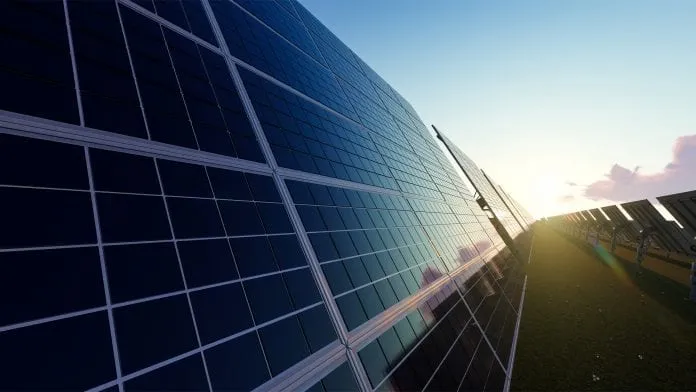Interface in solar cells is a key to alternative manufacturing methods
- The group of scientists headed by Professor Julien Bachmann controls the interlayer in solar cells to achieve high efficiency while using cost-efficient technologies and materials.

Modern photovoltaic cells are usually composed of two semiconductor layers, in most cases presented by CdS and Si, and an interface between them. The production of cadmium sulfide and silicon is rather expensive. Professor Julien Bachmann is looking for alternatives to such costly materials and technologies.
The idea is to design the interface in such a way as to enable application of cheaper and less qualitative materials without compromising the solar cell efficiency. There are two possible ways to engineer the interface, they can be applied either separately or in combination:
- to adjust the area of the interface and the paths of charge carrying particles nearby with ordered arrays of nano-cylindrical, coaxial junctions.
- to fine-tune both the physical properties and the chemical identity of the interface by using extra-thin layers.
The process used to produce ultrathin layers is called atomic layer deposition. This is a method of coating, which makes use of a series of self-limiting sequential surface reactions. As a result of each step, an ultrathin layer of solid is deposited. After regenerating the original chemical identity of the surface, the reaction steps are cycled until the layer reaches a required thickness.
The ALD method has been significantly developed by Prof. Bachmann. The innovation lies in the generalization from gasiform precursors used before to liquid forms. The use of the dissolved substance allows increasing the range of precursors used in ‘solution ALD’. Thus, compounds of ions are applicable in the liquid form, while their vapor pressure is not sufficient for normal gasiform ALD.
Prof. Bachmann’s group is currently examining sALD as a technology for the deposition of such ionic semiconductors as organic-inorganic perovskite materials.
Also read
- UbiQD Secures Landmark Quantum Dot Deal with First Solar
- Astronergy Invests $53M in Tandem Solar Cell Project
- ARENA Unveils $39M Solar Innovation Funding Round
- CNNP Optoelectronics brings utility-scale perovskite modules out of the lab
- Low-Temperature Sequential Deposition Lifts Inverted Perovskite Solar Cells Efficiency Record
